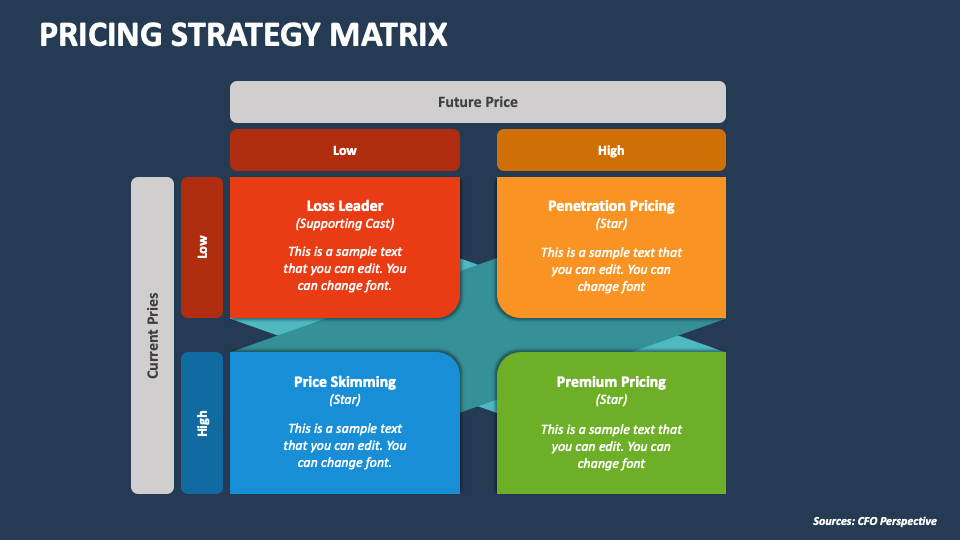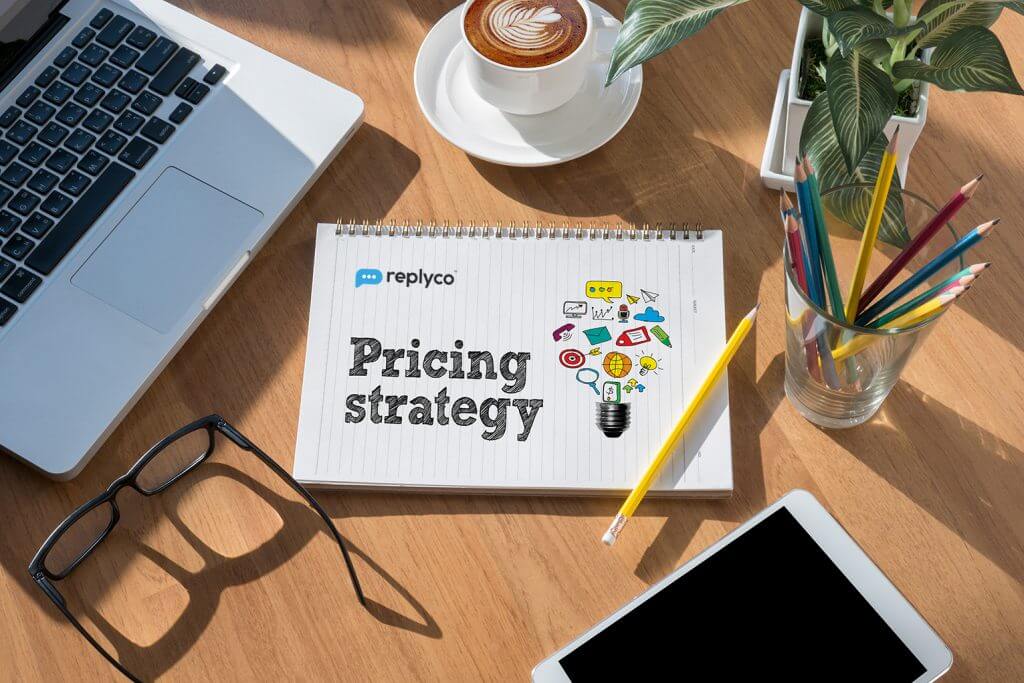Leading Errors to Avoid When Creating Your Pricing Strategy
Leading Errors to Avoid When Creating Your Pricing Strategy
Blog Article
Comprehending Rates Approaches: A Guide to Boosting Competitiveness
In an increasingly competitive landscape, understanding pricing strategies is crucial for services aiming to improve their market position. Recognizing competitor pricing and the emotional elements that impact customer actions can produce a nuanced strategy to prices that resonates with target audiences.
Relevance of Prices Methods
In the competitive landscape of business, the relevance of rates approaches can not be overemphasized. Prices acts as a vital bar for businesses, affecting both market positioning and customer understanding. A distinct prices technique can enhance profitability, drive sales, and establish an affordable side.

Understanding consumer behavior is crucial in crafting prices methods. Insights right into rate sensitivity, perceived worth, and competitive offerings allow organizations to adjust their pricing models as necessary. Additionally, normal evaluation of rates efficiency is needed to reply to market characteristics and customer patterns.
Ultimately, a robust pricing approach is important not only for income generation however also for long-term company feasibility. It forms brand name identification, affects client loyalty, and plays a critical duty in the overall marketing method. Thus, businesses need to invest time and sources in creating and refining their pricing approaches to prosper in an ever-evolving market.
Kinds Of Rates Designs
How do companies determine one of the most reliable way to price their services or products? The answer hinges on comprehending various prices versions, each suited to different market problems and company goals.
One common design is cost-plus pricing, where a fixed portion is included in the complete expense of manufacturing. This method makes certain that all costs are covered while creating an earnings. Alternatively, value-based prices concentrates on the perceived value of the product to the customer, permitting businesses to bill a costs based upon customer demand and fulfillment.
One more technique is dynamic pricing, commonly used in sectors such as traveling and hospitality. This design changes rates in real-time based on market demand, rival rates, and various other external aspects. Penetration pricing is likewise considerable, where services initially set reduced prices to go into an open market and gain market share, later on enhancing prices as soon as a customer base is established.
Lastly, skimming rates includes establishing high first prices for brand-new or innovative items, taking advantage of early adopters before lowering costs gradually. Comprehending these models enables services to purposefully position themselves in the market, aligning their pricing methods with their overarching goals.

Analyzing Rival Rates
Understanding competitor rates is an essential aspect of developing an efficient rates method. Organizations should perform thorough analyses of their competitors' pricing frameworks to identify market positioning, examine potential hazards, and discover possibilities for distinction. This involves accumulating data on competitors' rates, promotional strategies, and any type of discounts or rewards they offer.
Start by recognizing key rivals within your industry. Utilize different devices such as market research study reports, rival web sites, and pricing comparison platforms to gather relevant info. Assess their rates models, including any tiered pricing systems, registration charges, or bulk discounts. Comprehending the rationale behind these pricing strategies can provide insights right into customer actions and choices.
It is likewise vital to check adjustments in competitor pricing on a regular basis. Market characteristics can shift rapidly, and remaining educated enables companies to adjust their approaches proactively. Take into consideration the effects of competitor prices on your worth recommendation. If competitors use comparable items at lower costs, you might need to highlight unique selling factors or enhance client service to justify your pricing.
Ultimately, analyzing competitor rates not only informs pricing choices however additionally helps companies remain affordable in a constantly evolving market landscape.
Mental Prices Methods
Psychological prices strategies take advantage of consumer psychology to affect buying decisions and enhance the perceived worth of products. These approaches are grounded in click to find out more the understanding of exactly how consumers refine valuing information and the emotional feedbacks that accompany it. One typical technique is beauty rates, where prices are established simply listed below a round number, such as $9.99 as opposed to $10.00. This strategy makes use of the propensity of consumers to view costs as reduced than they actually are, motivating impulse acquisitions.
An additional reliable method is reputation pricing, where greater costs are related to better. This method appeals to customers' wish for standing and exclusivity, positioning items as superior offerings. Additionally, bundling products together at a discounted price can develop a sense of value, prompting clients to buy more than they at first intended.
Shortage prices, which highlights limited accessibility or time-sensitive deals, can also cause seriousness, pressing consumers to act rapidly. By recognizing and using these psychological rates strategies, businesses can effectively shape consumer assumptions, drive sales, and inevitably boost competition on the market.
Implementing and Adjusting Techniques

Once data is gathered, organizations need to evaluate their pricing versions versus existing market conditions. This might include adopting vibrant rates approaches that allow for real-time modifications based on supply and need changes. Companies must also consider segmenting their market to tailor rates for various customer groups, improving viewed value and driving sales.
Routinely examining prices methods is essential. This can be achieved via A/B testing or client responses, which provides understandings into the efficiency of existing rates. In addition, services must stay versatile to adapt to unpredicted modifications, such as economic declines or emerging rivals.
Final Thought
To conclude, efficient pricing strategies function as a crucial part for services intending to enhance competition in a varying market. By leveraging different pricing designs, evaluating competitor rates, and employing emotional methods, companies can much better place themselves and interact worth to customers. Additionally, regularly adjusting these methods in reaction to market characteristics and customer actions is essential for making certain lasting sustainability and profitability, ultimately promoting and driving sales customer loyalty.
In a significantly affordable landscape, understanding pricing approaches is important for organizations Discover More Here aiming to improve their market setting. Comprehending competitor prices and the emotional elements that impact consumer behavior can produce a nuanced technique to prices that reverberates with target audiences.Recognizing rival pricing is a crucial facet of formulating an effective prices technique. Examine their pricing designs, consisting of any tiered rates systems, registration fees, or mass discount rates. By leveraging various pricing models, examining competitor prices, and employing mental strategies, companies can better place themselves and interact worth to consumers.
Report this page